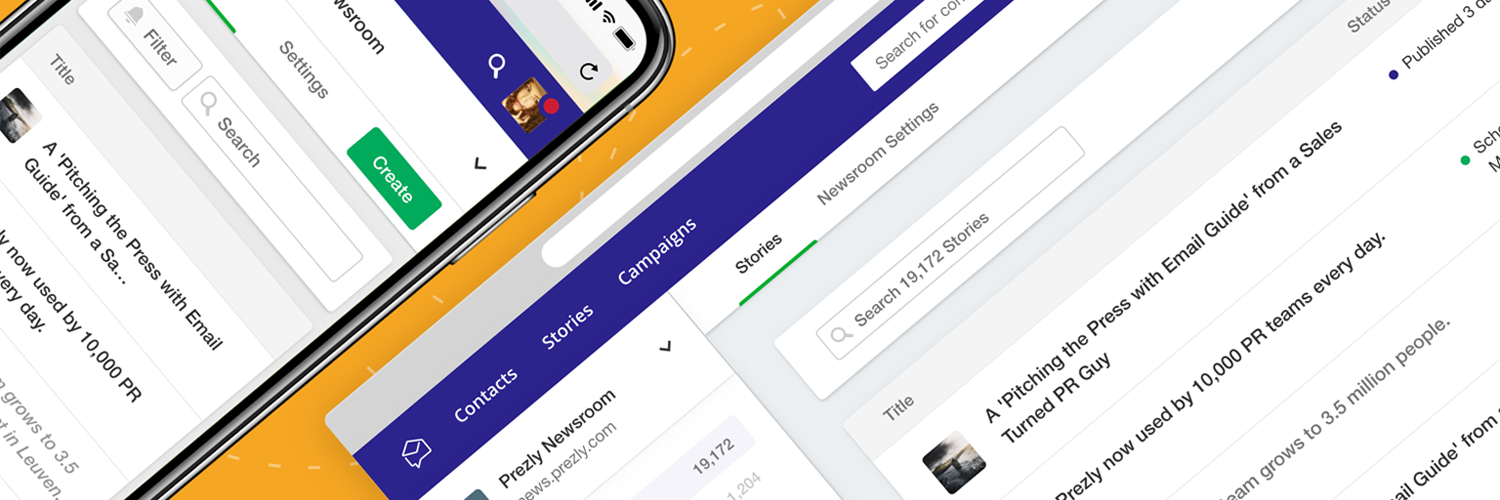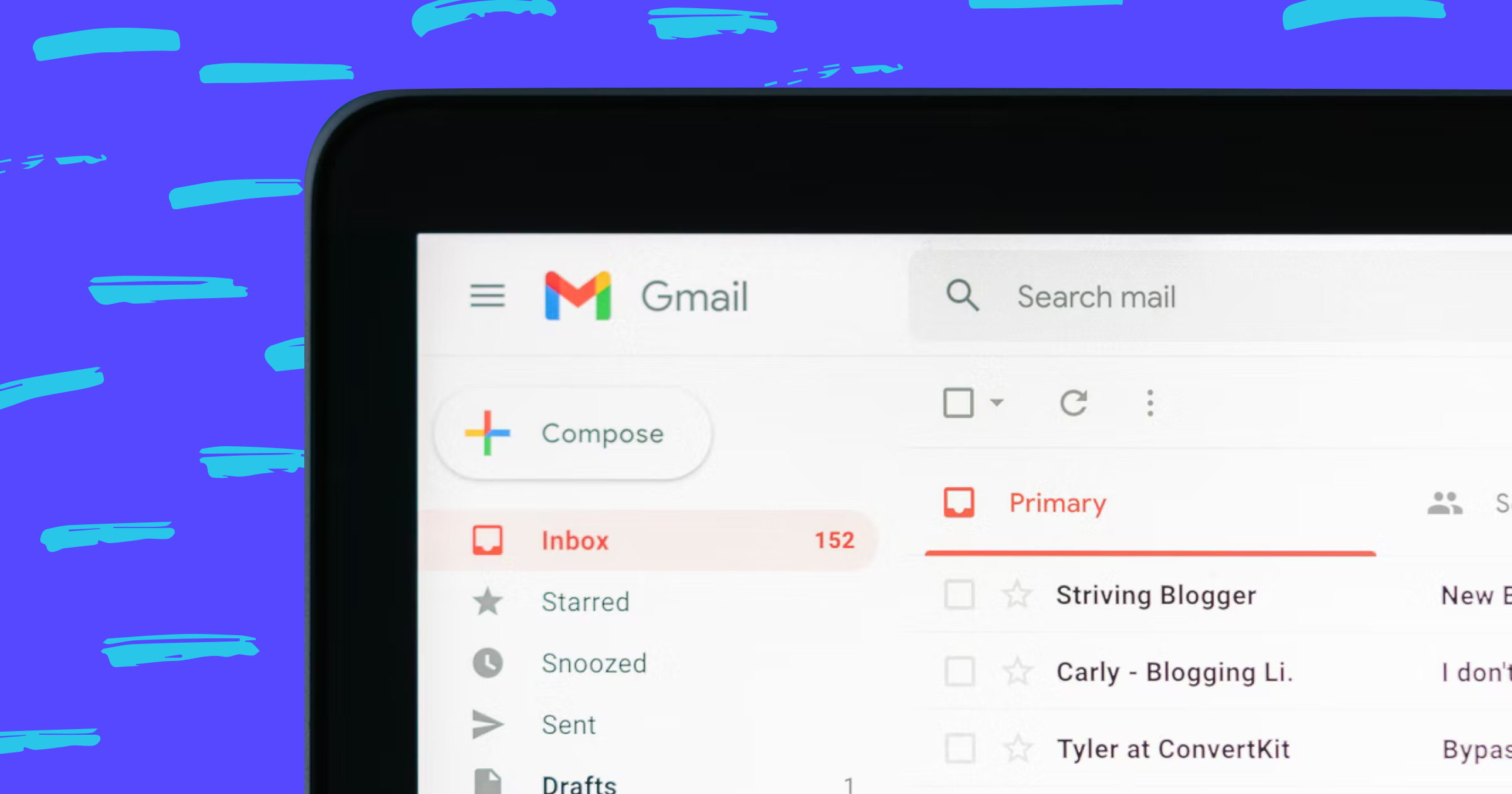What PR agencies should expect in the next 5 years
We predict what to look out for in the coming years as the public relations industry begins to shift to a more digital and online focus.
Honestly, the PR industry is not a 'move-fast and break-things' arena. Old habits tend to dominate practices that were picked up when toes were dipped in the industry.
Times are changing and it's time for PR Agencies to start considering the next 5 years, especially as the divide between PR and content marketing become ever so blurred.
REF: PR moving in-house at many organizations - Ragan
Below are some key areas to focus on as your adapt your PR agency to the future. Inevitably, with technology, these are just some of the core changes we expect. There will be more underlying changes to processes but overall we felt that these are important to plan for - right now.
This is where the divide between content marketing and PR really starts to blur. Content creation and marketing are about creating digital content that is designed to meet your potential customers at various points of the sales cycles or marketing funnel.
PR is about educating the public and increasing brand awareness which in reality is very close to the marketing departments goals too.
Agencies and their clients will need to consider how they can tell their story that best resonate with their customers. Does your client's target customer wants to hear about daily struggles?
Do they want to know about the inner workings of the company? Do they know what sets you apart from your competitors?
There can be many arguments made that social media may be on the decline due to some seriously bad PR and problems in recent months but the numbers are still high with users. It’s also unlikely to fade away anytime soon so whilst you may not be a fan of social media, your client's customers could be.
This is where the visual press release that I mentioned will become a valuable asset, especially for social media focused targeting.
Journalists and Twitter/X seem to go hand-in-hand these days and so it begins to make much more sense that your press releases should be shared via social media - you can also use some of these additional earned, owned and paid media tactics to enhance your press releases reach.
Which brings me to...
We all have our thoughts and opinions on working with PR marketing influencers and just how effective it is. The issue here is that regardless of the instant benefits (this is no different to PR right now and the lack of true metrics to measure success) influencers carry a lot of followers and for some, a lot of clout and.... influence.

As the influencer channel becomes more 'mature' we will inevitably learn what best practices are and what they should be. We predict that smaller, more niche-focused influencers who predominantly focus on an industry will provide more measurable success.
Not to forget the drop in readers for industry publications or lack of interaction plus the increase in social media use, the need to springboard your brand is vital. More and more people that we speak to generally shy away from reading industry media; it's long and slow and much can change between prints, whereas the social media world keeps on spinning.
Allocating budget and conducting 'media relations' with influencers will help you target the right audience with the right influencer. Whilst this has already been happening for some time, it's always a good time to start communications with key contacts now.
For many years the PR industry and the professional’s involved have had a hard time finding the right data or metrics to measure the success and ROI.
AVE and impressions are considered principles of public relations and therefore, good PR, but as technology improves and new platforms appear for PR specifically, there will be a reevaluation of how the PR department measures its performance, successes and more.
I can refer to the content marketing and PR blurring of the lines. The benefit of partnering up with the content team is that they have data and information at their fingertips. This data ensures that PR content you progress can have the chance of:
- Ranking in search engines (potential for ever-green content & news jacking).
- Engagement metrics (pages visited, links clicked, purchases made, returning visits and so on).
- Sales metrics (conversions from the article and cookie based conversions.
- Learning what works and what doesn't (click through's, time on page/site, next pages etc).
When you consider the difficulty of proving the success of a recent press release you can start to see the benefits of taking on some of the content marketing teams duties and practices.
By focusing on SEO and digital marketing practices now, you can begin catering content and stories to your audience and successfully predict how engagement and interactions should look. Altering and adjusted when and where needed.
PR software has been growing and growing in recent years but it’s still difficult to convince PR professional’s that they need to ditch their Excel sheets and Outlook and move to a more automated, structured and measured style of work.
With the improvement of PR specific software (our guide about top 30 PR tools) or easy workarounds/automation with other platforms, it now means that PR professionals do not need additional people to be included with a campaign.
For example, if you take our Story Editor - you can embed images, social media updates, press releases, GIFs and more and there’s no need for a developer to do anything. What about a public newsroom for your company or clients? You got it, no need for developers and a long production times, you can either use a platform like ours to set up online newsrooms in minutes or others that are also out there.
You want some creative work done or professional stock images? There are Canva and a whole bunch of free-stock image sites that will blow you away with the quality.
The creative and technical requirements that generally were considered a burden or press releases and PR focused campaigns have now become super simple and fluid. Now you can sit down and create an animated video, pull together data to have it turned into a embeddable chart, share complete social updates and still interact and much more.
However, even though the technology is ready, the skill sets needed are probably in need of a dust off or additional training. Starting now and using the time to practice before it really does become standard procedure will provide you with a head start on other PR agencies.
Prezly – software for modern PR teams
Write & publish brand stories in an online newsroom
Send email campaigns, pitches & newsletters
Manage all your contacts in a single CRM, with easy import & export
Measure performance with analytics & built-in media monitoring

As the lines between marketing and PR get more and more blurred there will be a need for PR professionals to adapt to new requirements, learn new skills and develop an understanding of other parts of the marketing department.
As mentioned earlier data is going to be key, especially as the focus is mostly on online opportunities which let us be honest is a positive aspect of the blurring of the lines. Data provides insight, insight provides ideas, data backed ideas tend to work better than guesswork or targeting demographic information.
Today, a PR professional can and have become social media experts, brand ambassadors, content creators/marketers and trend spotters - all of which does not appear to be slowing down or steering away from this trend.
Media relations and trust should improve through the simple process of storytelling which revolves around agencies and their clients understanding their audience. The method of delivery is just as important as the story itself - if nobody hears about your story then it’s never going to spread.

With baby boomers and Gen X, Y and Z there needs to be an understanding of how brand stories will be delivered, through which channels and what content will work best with the right audience.
88% of public relations professionals believe storytelling is the future.
As audiences change and so does technology how content is viewed by specific audiences will need to ensure that agencies are working on the right content with the right story.
This is, again, where the content marketing team and digital marketing practices become an important part of storytelling. Without data, you could be telling the wrong story to the wrong people for a long time before deciding to switch gears (I will add that this isn't easy just because you know specific digital marketing skills, but it does make research easier and helps with gathering metrics to validate).
Another reason why storytelling will be important can be attributed to the overflow of digital ads alongside horrible PR from smash-n-grab startups who lack understanding of PR functions but know the benefits if you get it.
Focusing more on what your clients stand for is important now, for sure it is, but in the near future it's going to be the difference between a faceless mega-corporation and a small brand that overthrow's these institutions.
With PR having a busy year for companies and brands last year there will, inevitably, be a stronger focus on ethics and how companies conduct themselves within the public eye.
A few years back we’ve reviewed some PR crises of 2018 and rather than name and shame, we actually looked at how well each crisis was managed.
More and more expectations and focus from the consumer is being placed on how a company acts, what it does right now and how it plans to help the world in the future.
With a close eye on all of this, there is no doubt that agencies will need to really zero in on ethics and the brands they work with to ensure a good story can be told and crisis communication is well planned.
The pressure is on for PR agencies. With a rapidly growing and changing digital landscape, PR is evolving constantly and agencies have to stay flexible. Having the right tools can make everything easier, which is why we've compiled a list of 30+ fantastic PR agency tools.
Speaking of tools, why not check out Prezly? We've spent over a decade crafting the best, most reliable, most flexible tool for PR practitioners and agencies. Let us do the boring stuff while you build relationships, connect with clients, and tell stories → Read about how Prezly helps PR Agencies or we have PR specific plans packages.
Prezly – software for modern PR teams
Write & publish brand stories in an online newsroom
Send email campaigns, pitches & newsletters
Manage all your contacts in a single CRM, with easy import & export
Measure performance with analytics & built-in media monitoring

Ready to start growing your media reach?
With Prezly you can publish press releases online, and share them directly with journalists. 14-day free trial, no credit card required.

Social Media Amplification